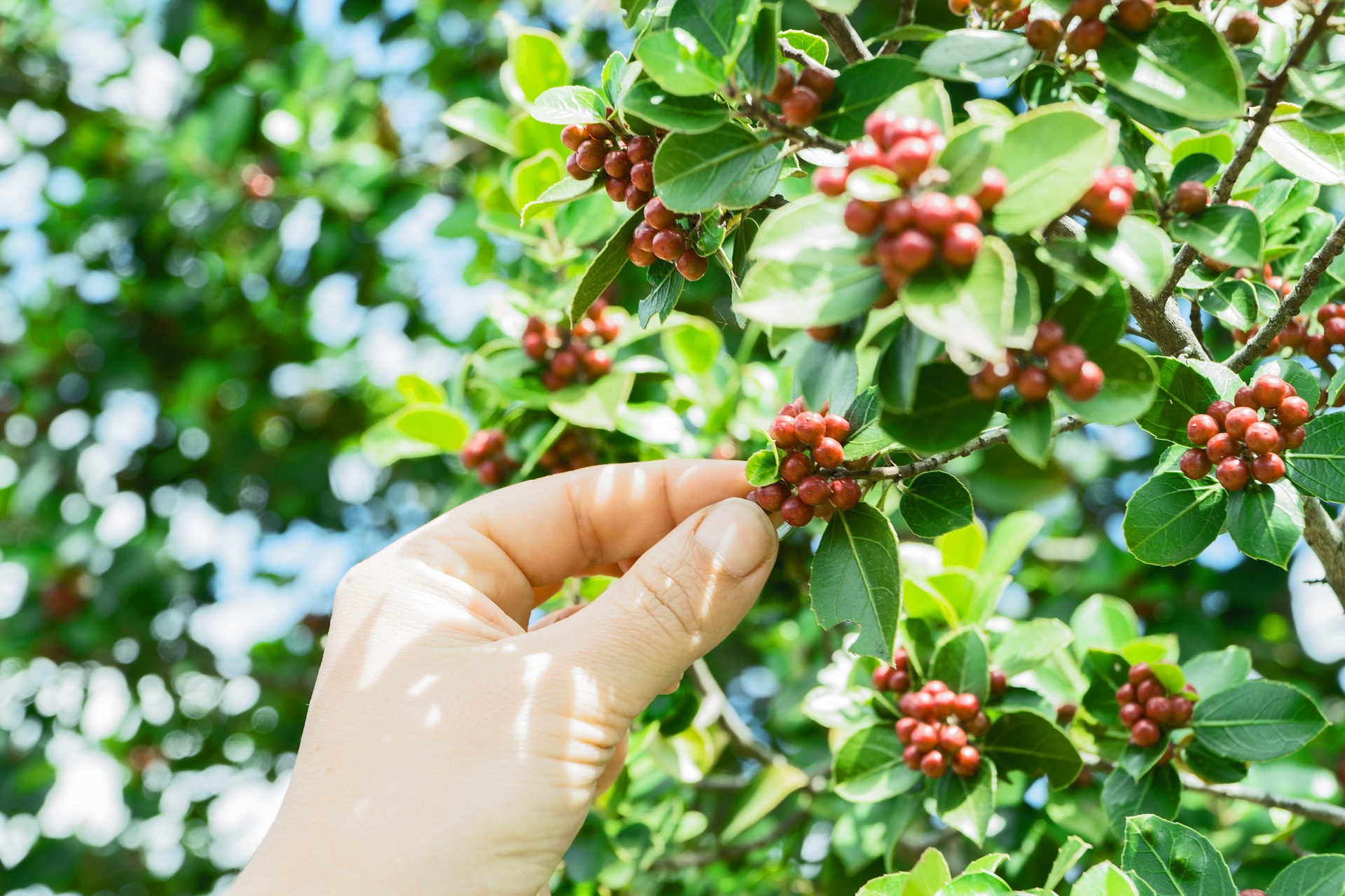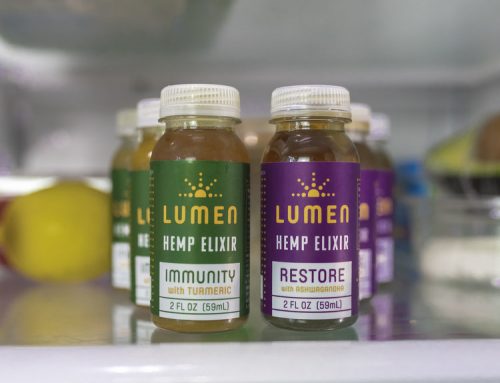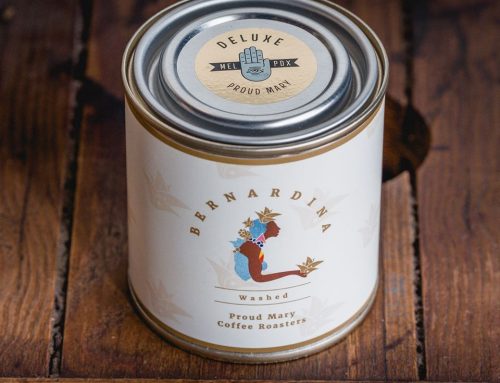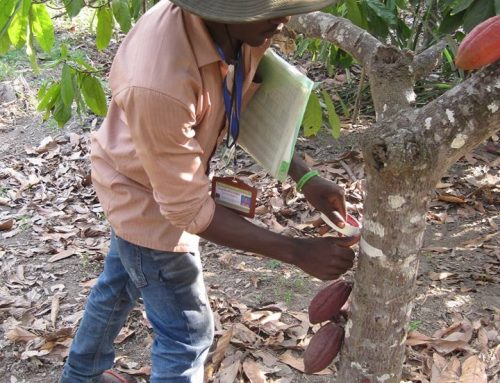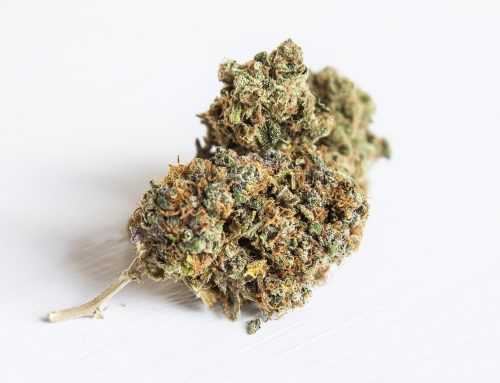In a story that mirrors human history, the history of coffee has it’s own “Out of Africa” story that begins in East Africa and and eventually reaches the farthest corners of the earth. How the humble coffee bean went from Ethiopia to a staple in every diner and hipster coffee shop around the world is a story worth telling. So pour yourself a cup and sit back to learn about how coffee conquered the globe.
History of Coffee Starting in Ethiopia
The coffee plant — they’re actually more like bushy trees — originally only grew in the highland forests of Southern Ethiopia. Legend has it that a goat-herd named Kaldi discovered that his goats were prancing around a coffee tree after eating its red berries. They were full of energy from the caffeine, which is most concentrated in the coffee bean, or seed, that each fruit contains. Kaldi tried it for himself, was delighted with the results, and brought back the berries for his friends and some neighboring monks, who figured out how to make a wine-like drink from the whole berries called Cascara.
That was all over 1,000 years ago, the history of coffee begins. However, coffee as we know wasn’t really born until it traveled to the Arabian Peninsula.
Perfection in Yemen
Word of Ethiopia’s magical beans spread eastward to the Muslim world. The people there loved the energy it gave them to power through long prayer sessions. Between the 13th and 15th centuries, Yemenis quickly learned that their rich, fertile soil and mild climate yielded high-quality fruits and beans. Today scientists also understand that the unique terroir of coffee from Yemen has much to do with local yeasts as well. They also learned to dry and boil the beans. This way the beans could be stored, traded and made into the coffee as the history of coffee shows.
Coffee quickly spread across the Arabian peninsula and was enjoyed both at home and in history’s first known coffee shops, where musicians would play to entertain people as they sipped their new favorite drink.
Crossing Into Europe
As the Europeans increased their spice trade routes, they got a taste of rich Yemeni coffee. They began to bring coffee beans back from their travels and ramped up trade at the Port of Mokha in present-day Yemen. Thanks largely to the Dutch East India Company, coffee was soon percolating throughout Spain, France and the Netherlands. Because the drink came from the Muslim world, however, many Europeans remained suspicious — some even called it the devil’s drink. It took a taste test and a thumbs up from the Pope himself to allays their fears, and soon all the powers of Europe were hooked.
In fact, the race was on to create coffee plantations to keep up with demand. The Spanish took their plants to Central America. The Portuguese staked their claim in Brazil. The Dutch began to grow coffee in their colonies in Indonesia. By the mid 1600s, coffee had become a truly global phenomena.
Coffee for the Rebellious
Perhaps because the North American climate was too cold to grow coffee, most colonists ignored coffee in favor of tea. The first coffee shop in North America opened in New York in the 1690s. Yet, it wasn’t until the the Boston Tea Party that many Americans made a move from tea to coffee. It became a patriotic duty to boycott British tea imports.
Coffee Today
Why should the history of coffee be top of mind today? Besides being an interesting tale, knowing where your coffee comes from can help you choose the best beans as you shop for the perfect brew. Why not seek out coffee cultivated in Yemen, for example, to taste the full history of this rich drink? Each variety has its own local history that will only add to your experience of its flavor, so be sure to dig into the story next time you’re selecting a new coffee.
Sources:
http://www.pbs.org/food/the-history-kitchen/history-coffee/
http://www.ncausa.org/About-Coffee/History-of-Coffee
http://www.turkishcoffeeworld.com/History-of-Coffee-s/60.htm
http://www.drinkingcup.net/1520-the-mocha-trade/

